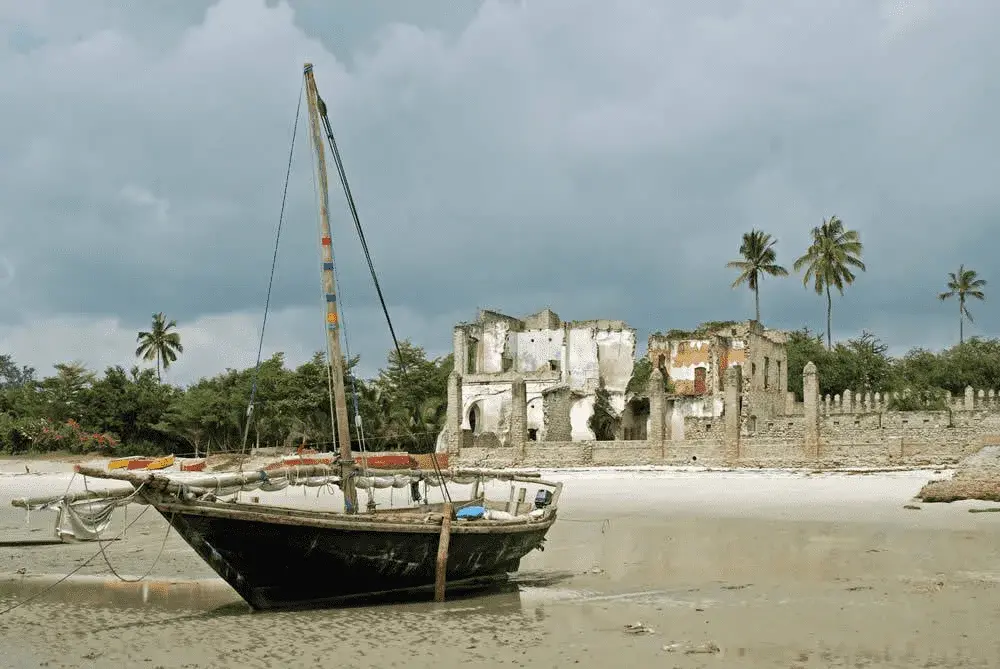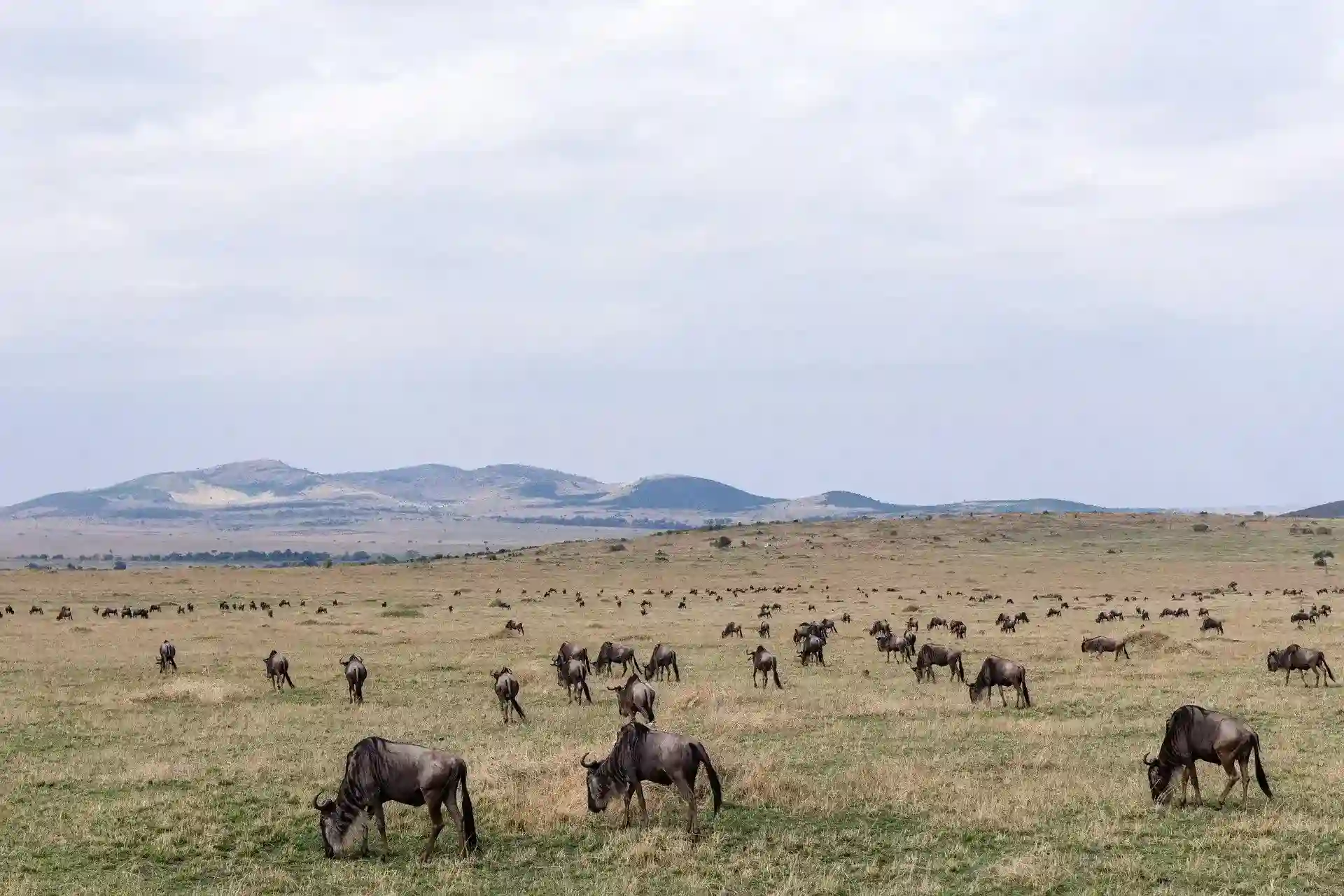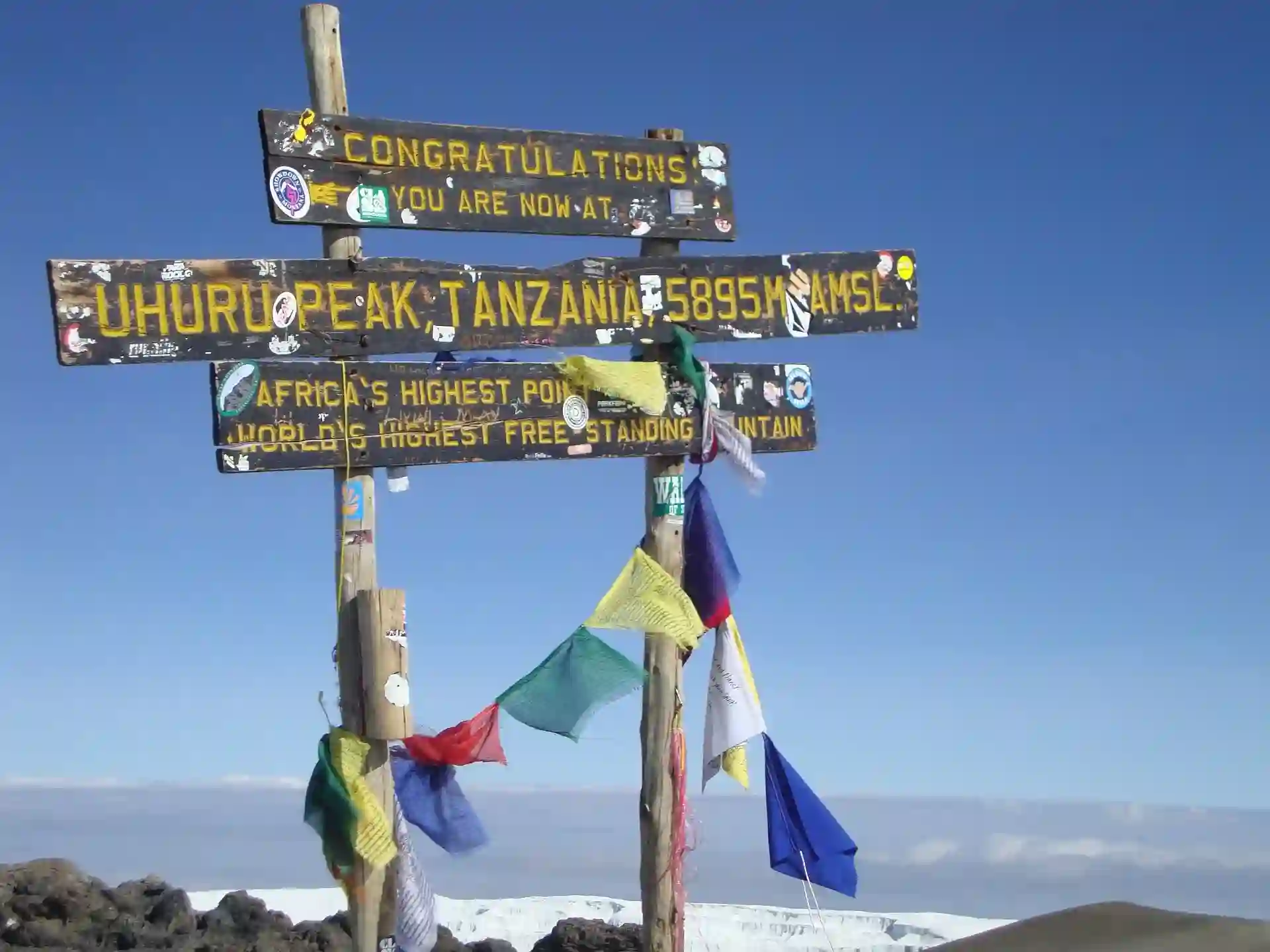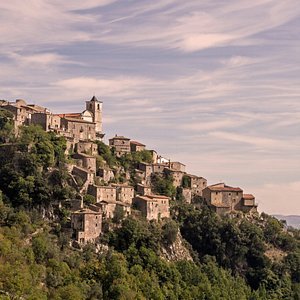
Bagamoyo Tanzania
Strolling through Bagamoyo’s narrow, unpaved streets, or sitting at the port watching dhows (ancient Arabic sailing vessels) get loaded, takes you back to the mid-19th century. This is when the town was one of the most important settlements along the East African coast and the terminus of the trade caravan route linking Lake Tanganyika with the sea. Slaves, ivory, salt and copra were unloaded before being shipped to Zanzibar and elsewhere, and many European explorers, including Richard Burton, Henry Morton Stanley and David Livingstone began and ended their trips here. In 1868 French missionaries established Freedom Village at Bagamoyo as a shelter for ransomed slaves, and for the remainder of the century the town served as a way station for missionaries travelling from Zanzibar to the interior.
From 1887 to 1891 Bagamoyo was the capital of German East Africa, and in 1888 it was at the centre of the Abushiri Revolt, the first major uprising against the colonial government. In 1891 the capital was transferred to Dar es Salaam, sending Bagamoyo into a slow decline from which it has yet to recover. Bagamoyo’s unhurried pace and long history makes it an agreeable day or weekend excursion from Dar es Salaam. At the southeastern edge of town are beaches with high-tide swimming. Almost every worthwhile sight has an admission fee, making a Bagamoyo visit a rather expensive endeavor. Both the Catholic Museum and the Caravan Serai Museum offer tourist information and guides.
Sights & Activities
Bagamoyo Town
With its cobwebbed portals and crumbling German-era colonial buildings, central Bagamoyo, or Mji Mkongwe (Stone Town) as it’s known locally, is well worth exploration. The most interesting area is along Ocean Rd. Here you’ll find the old German boma (a fortified living compound; in colonial times, an administrative office), built in 1897, and Liku House, which served as the German administrative headquarters. There is also a school, which dates to the late 19th century and was the first multiracial school in what is now Tanzania. On the beach is the German Customs House (1895), Bagamoyo’s port, where you can watch boat builders at work, and a busy fish market (on the site of the old slave market), with lively auctions most afternoons. Northwest of here are several small streets lined with carved doors similar to those found elsewhere along the coast. Further south is the mid-19th-century Old Fort.The ridiculously steep fee levied to walk around the old town is payable at the Antiquities branch office at the Old Fort, where you can also get a guide.
Catholic Museum
About 2km north of town and reached via a long, mango-shaded avenue is the Catholic mission and museum, one of Bagamoyo’s highlights. In the same compound is the chapel where Livingstone’s body was laid before being taken to Zanzibar Town en route to Westminster Abbey. The mission dates from the 1868 establishment of Freedom Village and is the oldest in Tanzania.Kaole Ruins
Just south of Bagamoyo are these atmospheric ruins. At their centre are the remains of a 13th century mosque, which is one of the oldest in mainland Tanzania and also one of the oldest in East Africa. It was built in the days when the Sultan of Kilwa held sway over coastal trade, and long before Bagamoyo had assumed any significance. Nearby is a second mosque, dating to the 15th century, and about 22 graves, many dating to the same period. Among the graves are several Shirazi pillar-style tombs reminiscent of those at Tongoni, but in somewhat better condition, and a small museum housing Chinese pottery fragments and other remnants. Just east of the ruins, past a dense stand of mangroves, is the old harbor, now silted, that was in use during Kaole’s heyday.The easiest way to reach the ruins on foot is by heading south for about 5km along the road running past Chuo cha Sanaa to the signposted Kaole turn-off at the southern end of Kaole village. Walk with a guide and don’t carry valuables.
College of Arts
Located about 500m south of Bagamoyo along the road to Dar es Salaam is this renowned theatre and arts college, home of the national dance company. When school is in session there are occasional performances, and it’s usually possible to arrange drumming or dancing lessons.The annual highlight is the Bagamoyo
Arts Festival, usually held around late September or October. The festival features traditional dance and drumming performances, acrobatics displays, drumming workshops and much more. It’s not the most organized – advance information on schedules is rarely available – but it is a good way to meet Tanzania’s up and coming artists and performers, and to get introduced to local talent and culture.














